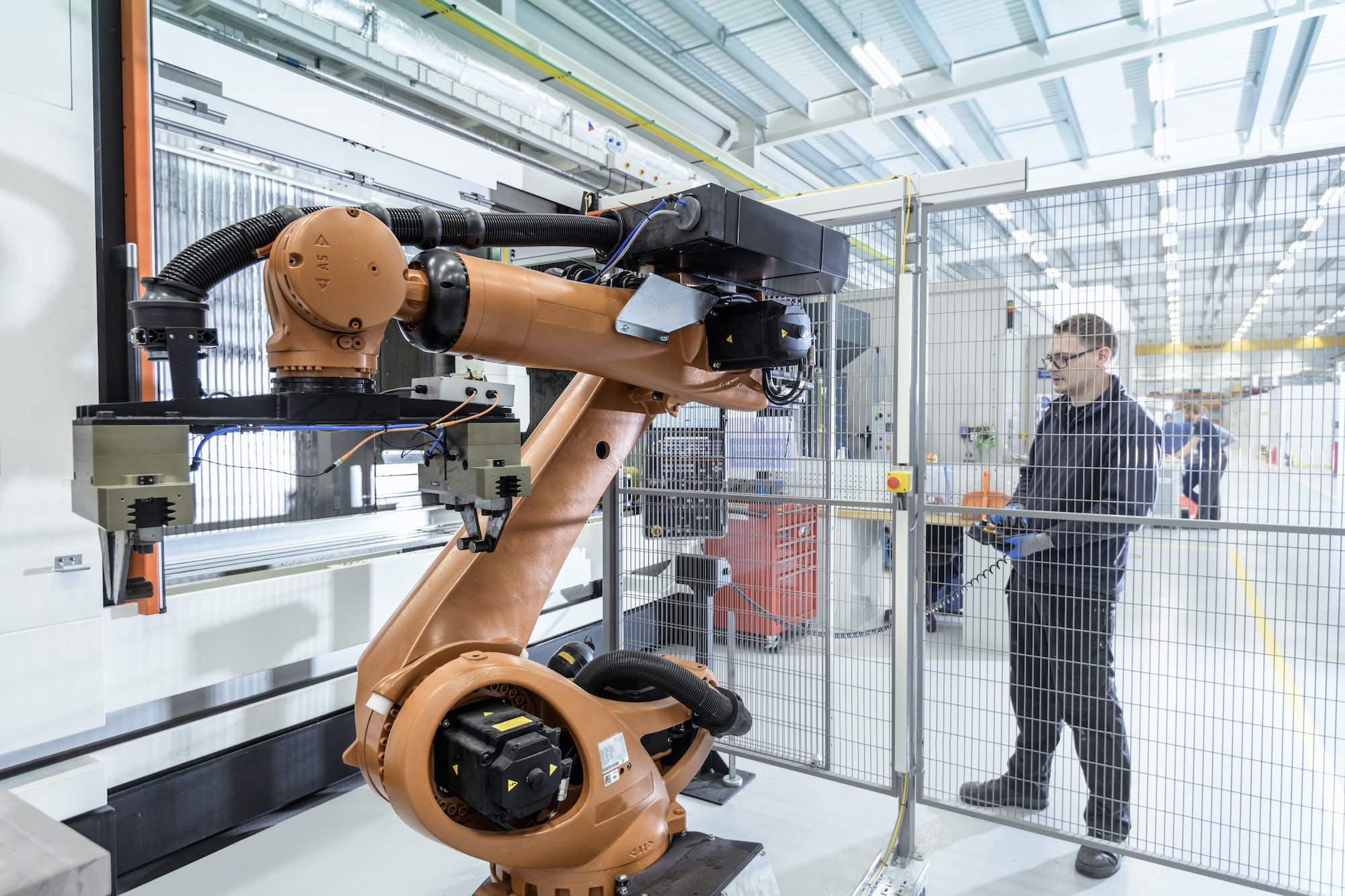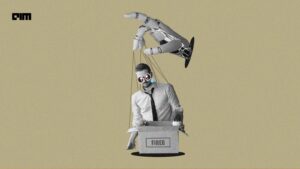Robotics does not have a hardware problem. It has a data problem. Every robot on the floor is a firehose that never stops. Cameras, lidar, IMUs, GPS, joint sensors and edge models scream in parallel. The result is terabytes of chaos. Most of it never becomes insight. It rots in a digital junkyard. Teams burn money on sensors and compute while engineers play data janitor. That is the quiet crisis behind the public failures.
The popular story blames autonomy. We hear that the model is not good enough or that the actuation stack is flaky. That is not the core issue. The core issue is that robotic data is born ungoverned. It is fragmented across formats, drives, laptops and one-off scripts. When a million dollar robot freezes in a warehouse, the answer is buried in a half terabyte log file no one can open fast. Mean time to reproduce balloons from hours to weeks. Releases stall. Demos get staged. Investors get a slide. Customers get an apology.
This sounds harsh. It is also fixable.
The hidden cost no one budgets
Robots produce messy, high rate, multi modal streams. Vision frames at 30 to 120 fps. Lidar point clouds at millions of points per second. Controller telemetry at kilohertz. Everything must be time aligned within millisecond windows. Traditional data teams are not set up for this. A parquet table in a lake is great for business events. It is not great for synchronizing a lidar sweep with a camera frame and a planner snapshot. You need spatial and temporal indexing. You need replay. You need lossless provenance. You need an audit trail that can stand up in a safety review.
Most teams paper over this with cleverness. A senior engineer keeps a folder of Python scripts. Another keeps a spreadsheet that maps filenames to incidents. External hard drives move around like courier bags. Someone writes a ROS bag converter that only works on one machine. None of this scales past three robots and two sites. Then the bills arrive. Cloud egress. Storage sprawl. Duplicate compute. The opportunity cost is larger. Eighty percent of engineering time is spent finding and cleaning data rather than fixing the robot.
Why the usual data playbook fails
Data lakes assume stable schemas and human scale query patterns. Robotic logs are polymorphic. Firmware changes silently alter message shape. Sensor clocks drift. Edge models update and produce different embeddings. A single incident can span dozens of sources with different sampling rates. Indexing that with generic tools is slow and fragile.
You also face vendor lock. ROS bag versions are not uniform. Proprietary loggers ship with closed viewers. You cannot stitch a full timeline across them. Compliance adds another layer. Video often contains people. Privacy rules require redaction, retention tiers and access control. The result is a stagnant swamp. You can neither search it nor delete it with confidence. So you stop looking. The robot keeps failing in the same way. The loop never closes.

Uncomfortable truths the industry avoids
Demos over diagnostics has been the culture. If your team cannot reconstruct a robot’s full state and perception for any minute in the past month within sixty seconds, you are not production ready. If your incident postmortems do not link to a shareable replay that others can load in a browser, you did not diagnose anything. If your metrics dashboard lacks mean time to reproduce as a first class number, you are measuring the wrong thing. If your data platform cannot answer a plain question such as show me every frame where the left camera saw specular glare, you do not have a platform. You have a pile.
Harsh again. Still fixable.
The 2025 reset
A new stack is finally shipping. Call it RobotOps. The goal is simple. Make robotic data observable, searchable and replayable like code in version control and services in production monitoring. Web based visualizers let a remote engineer scrub a unified timeline. You can see what the robot saw, what the planner proposed, what the controller executed and what the safety layer vetoed. No more it works on my machine. Shared links replace tribal knowledge.
Event streams beat file dumps. Logs land in a write once pipeline with strict schemas and automatic time sync. Metadata gets captured on ingest. Device, firmware, model hash, location, battery, temperature and operator. Search becomes natural language on top of structured signals. Show me all near misses in low light. Show me false positives on reflective surfaces. The system returns a ranked list with jump to replay buttons. Labeling happens in context. Synthetic data gets generated from real incidents rather than random prompts.
Most important is the separation of concerns. The webhook mindset comes to robots. The capture path is fast and reliable. Heavy analysis runs in workers. Teams acknowledge events instantly and process asynchronously. That one change kills a class of flakiness and rate limits across the fleet.
The RobotOps contract
Treat this as law for any robot that leaves your lab. Time is the source of truth. Every message carries a monotonic timestamp and clock drift correction. Every schema is versioned. Breaking changes are blocked until downstream consumers update. Privacy is built in. Redaction on ingest for faces and plates. Role based access with audited views. Retention tiers defined by value and risk. Thirty days hot. Six months warm. Cold archive with on demand restore. Cost controls that auto downsample non critical streams. Compression tuned per sensor rather than one size fits all.
Replay is a first class feature. You can spin up a container that rehydrates an incident and runs the exact model and firmware that were live. Deterministic seeds. Artifact hashes. Bitwise identical outputs. A formal incident package exists for any production hit. It contains the timeline, sensor feeds, model versions, commands and human interventions. Legal can take it to a regulator. Support can send it to a customer. Engineering can base a patch on it.
Finally, idempotency and deduplication are not optional. Every event has a durable ID. Retries are safe. Merges are logged. Nothing happens twice without a clear record.

What leaders should do this week
Kill the junkyard. Pick a single ingest path and turn everything else off. Move the webhook idea into the fleet. Capture, verify, enqueue, return. Put a hard SLO on mean time to reproduce. One hour for P1 incidents within two quarters. Buy a browser based timeline viewer if you do not have one. Adopt a message spec that your whole org accepts. Stop shipping robots that cannot produce a shareable replay. Ban external hard drives for production data. If a converter script does not run in a container, it does not exist. Make postmortems public inside the company and require a replay link. Tie bonuses to observability metrics, not demo count.
Trim the firehose. Downsample where physics allows it. Not every camera needs full rate all the time. Trigger high rate from events such as sudden decel, large yaw change or classifier uncertainty spikes. Keep the rest at intelligent low rate. You will cut cost and improve search quality at the same time.
Staff for the reality you operate in. Hire a data reliability engineer before you hire another autonomy researcher. Give them production authority. They own schemas, ingest, replay and cost. Give them a seat in incident command. They will unblock the rest of your team.
Predictions that will upset people
The best robotics founders over the next three years will come from data engineering, not controls. The market will value robots by the quality of their telemetry and postmortems more than by staged demos. Regulators will require event reconstruction for deployments that interact with the public. Insurance pricing will depend on replay quality. A third of robotics spend will shift from sensors and mechatronics into the data layer. Vendors that treat logs as a proprietary moat will lose to tools that embrace open formats and simple web links. ROS bag will end up as a legacy format that people migrate away from, the way banks moved off mainframe tapes. The companies that win will publish a RobotOps spec and make it easy for partners to plug in.
That is the controversy. Robotics is not being held back by a lack of cleverness in perception or planning. It is being held back by data discipline. You do not fix that with another model checkpoint. You fix it with contracts, pipelines and culture. You fix it with boring reliability that makes every incident searchable and every incident teachable. Robots are data factories with motors attached. Treat them that way and the failure rate drops. Ignore it and the junkyard grows.










